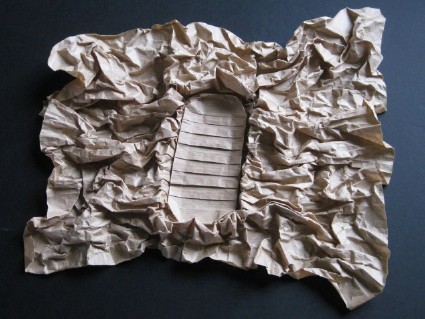
 | Welcome on MOOC-invitation |
|
| New! | An invitation to practice origami | map | Practical work Tesselations |
| Back MOOC1 | Journey 3 | Sequence 7 | <--- page 5 | page 1 | page 2---> |
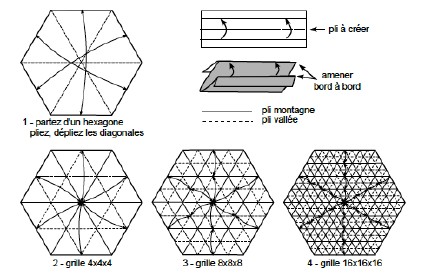 |
How to fold a grid |
| The grid is an essential element of tesselations, whether it is orthogonal (90 °) or triangular (60 °). Several techniques exist, characterized by the search for efficiency in number of folds. However, we must focus on precision, a prerequisite for the success of a beautiful pavement. You can look at two (bad) examples: - video man origami by Wilners. This is the creation of an 8x8 grid, with all the folds taken over. - video Origami Man (Claudio Acuña J.) a little different man, by Jo Nakashima. This is another way to fold a 16x16 grid, very bad because of the thickness I advise against these two methods. The classic method is to align with valley folds. The visual cue is poor, and it's easy to make mistakes. It is advisable, even to do a little more folds, to go from mountain to mountain, as indicated in the document to download « Créer une grille hexagonale ». The visual registration is better, and you can also use a wedge with the fingers. Orthogonal grids are usually folded into square or rectangular sheets. Hexagonal grids are usually folded into hexagonal sheets, allowing all their symmetries to be used. But we can also fold hexagonal grids in squares or rectangles. The number of folds is then not the same in the three directions. |
1 document(s) to download
| mlgrillehexa.pdf | Créer une grille hexagonale, 1 page |
4 photo(s)
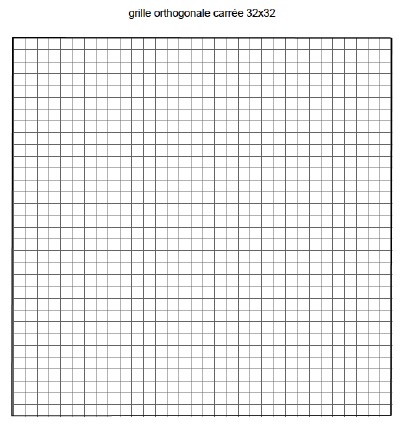 square 90° grid, 32x32
square 90° grid, 32x32 | 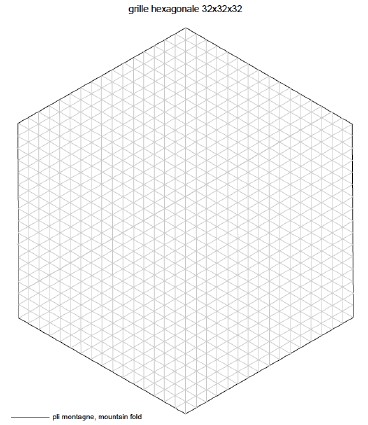 hexagonal 30° grid, 32x32x32
hexagonal 30° grid, 32x32x32 | 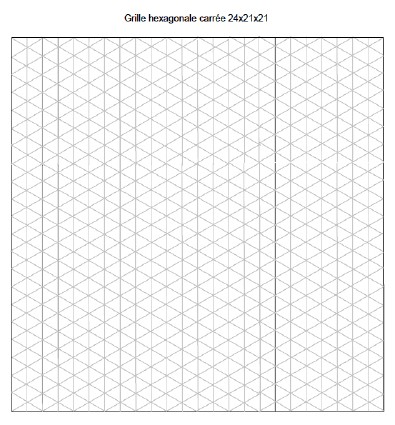 square 30° grid, 24x21x21
square 30° grid, 24x21x21 |
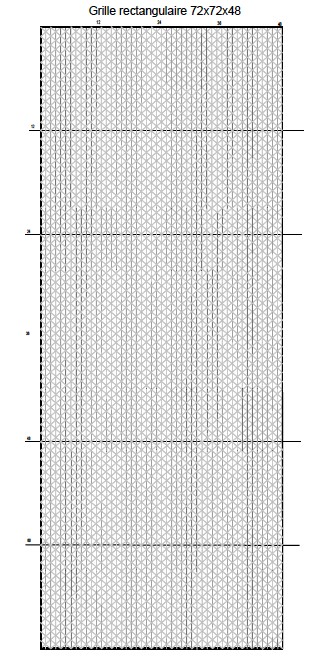 rectangular 30° grid, 72x48x48
rectangular 30° grid, 72x48x48 |